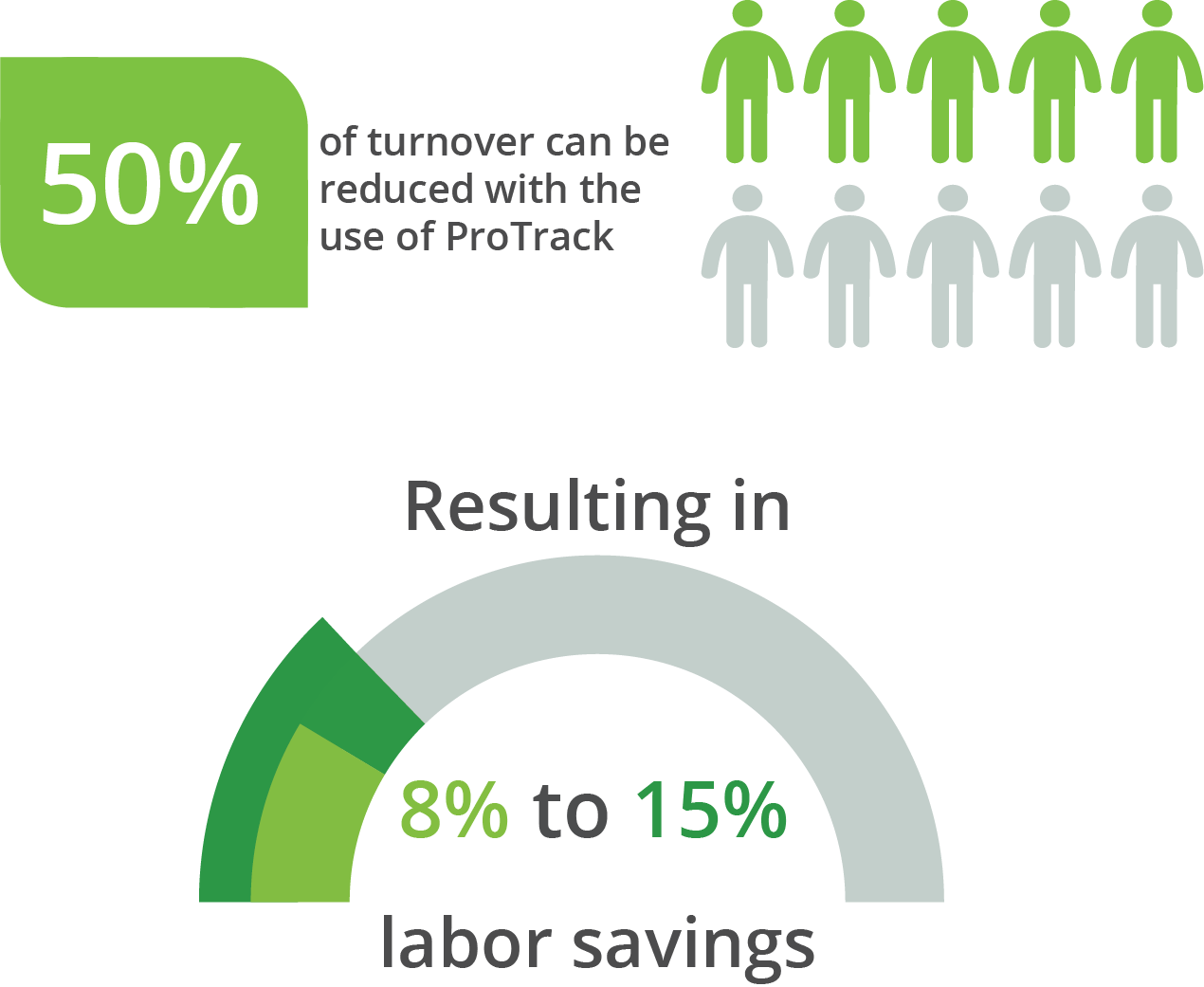According to the Labor Department, more employees are quitting their jobs in record high numbers over the last six years. That should come as no surprise since employee turnover rates have been edging upward, which can create productivity impacts and huge labor costs for your business.
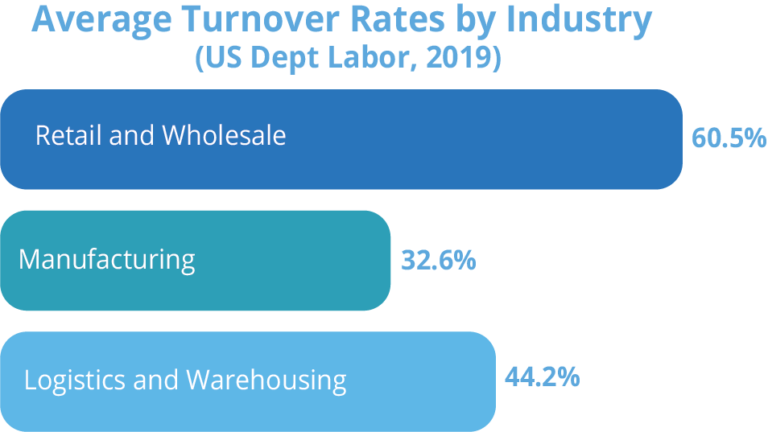
Factors Contributing to Turnover
Labor Shortage
- Tight labor market
- Retirement – Many members of the baby boomer generation are reaching retirement age
- Generational Shifts – Millennials and Generation Z workers make up the majority of today’s workforce. Voluntary turnover rates for these age groups are noticeably high.
Low Wages
With a tight market, you have to be competitive with wages to attract workers. Raising wages and fringe benefits have become a necessary practice for companies trying to attract and retain employees.
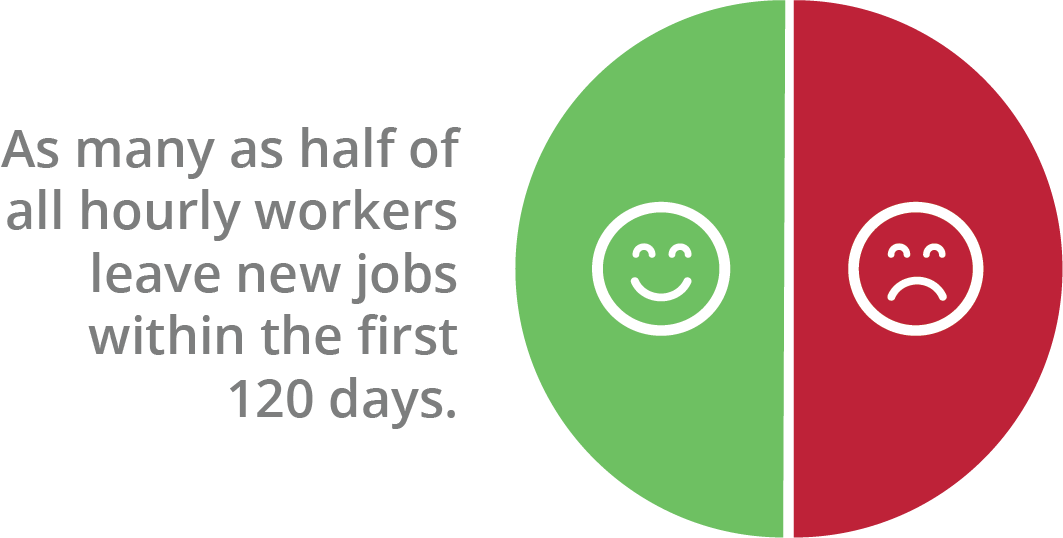
Company Culture
Manager Engagement – Facilitating employee and manager communication, supportive activities and ongoing coaching are key to developing employee engagement and a sense of belonging. Improving your environment, relationships with employees, and assuring your wages are competitive creates a level of loyalty that will result in a reduction of turnover rate.
Impact to the Business
Increased Costs
High Labor Costs – More turnover means more time is spend on-boarding employees, which can cause low productivity as these groups receive their training. This leads to an increase of labor cost.
Lower-Quality Levels – Turnover creates the need for more temporary workers who don’t understand the process or are not familiar with the product. This can lead to a decline in quality hours for the organization.
High administrative and management cost associated with spending on job advertisements, interviewing, background checks, drug testing and on-boarding.
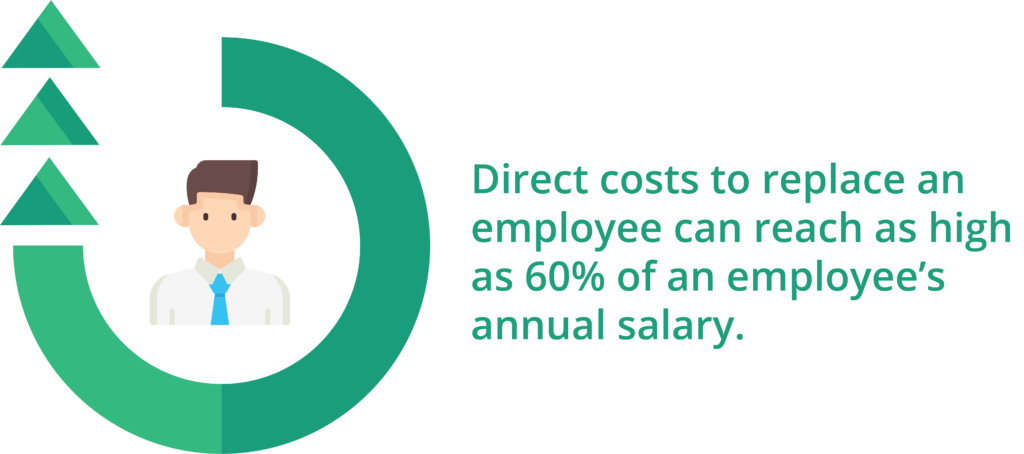
Impacts to Productivity
Disruptions within an operation can lead to poor productivity and service levels as employers scramble to compensate for a lack of resources as a result of turnover. In some cases, this leads to hiring temporary employees quickly that require significant training. This situation can lead to overtime, meaning that existing employees are fatigued and less productive.
Unplanned Overtime
In order to compensate for a revolving workforce, companies will often increase their use of overtime. This can be a costly labor spend, and if not used strategically, can do more harm than good. Employees who regularly log overtime hours might start feeling fatigued, and productivity then may dip.
It's time to take a proactive approach to turnover.
Although employers can’t eliminate turnover, they can create a workplace culture that attracts the best talent and encourages good employees to stay. The best defense against employee turnover is to develop a proactive strategy that utilizes the capabilities of labor management software.
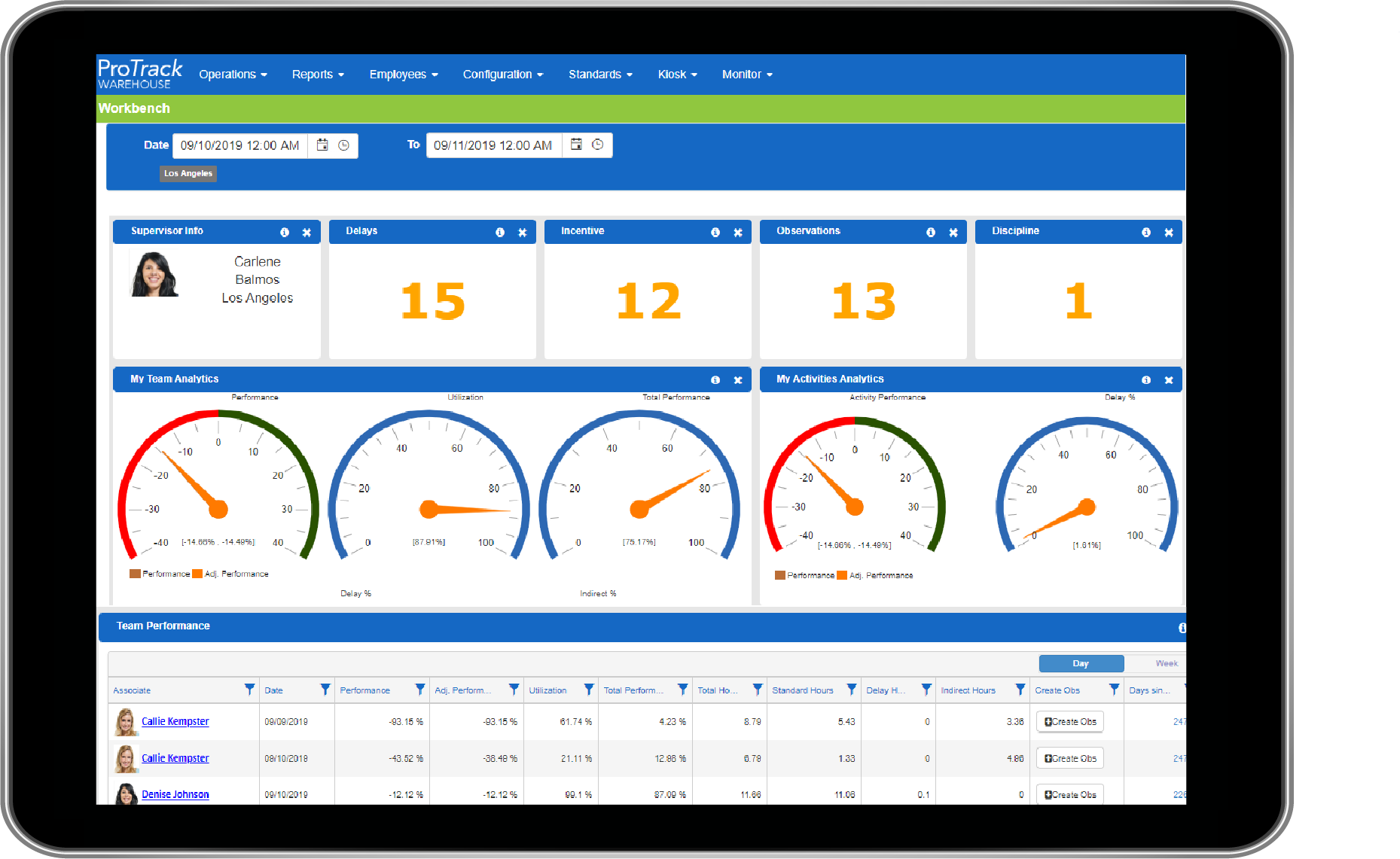
Labor Planning based on the experience and skills of each individual employee assures that each person is in the right areas to perform at the highest levels.
Formal Coaching and Engagement – Formal coaching can reduce the typical on-boarding time by 50%. The engagement between manager and employee helps to create trust that the company has the employee’s best interest at heart. It also helps managers communicate the advantages of being part of the team and builds the appropriate coach/mentor relationship between manager and employee.
Improve Performance and Increase Wages – Planning, coaching, recognition and rewards are ways to assure operational performance will increase. As performance rises, lower labor spend is realized. Companies then can invest a portion of these savings into the organization’s starting or average wage position.
Self-funding Incentives – Incentive programs can elevate take home pay by as much as 10% and be fully self-funding for an organization. Reward programs can create a boost in overall morale and motivate employees to stay at your company. Incentive programs also help to recruit new talent.
Real-time Reporting – Keeping your team constantly informed of their progress and individual performance is a must for high performance cultures. The use of production boards and daily communication will help to build a culture of trust, engagement and retention.
ProTrack Labor Management Software can help you reduce turnover by providing visual data tools that management can leverage to engage with their employees, boost productivity, increase retention and save on labor costs.
